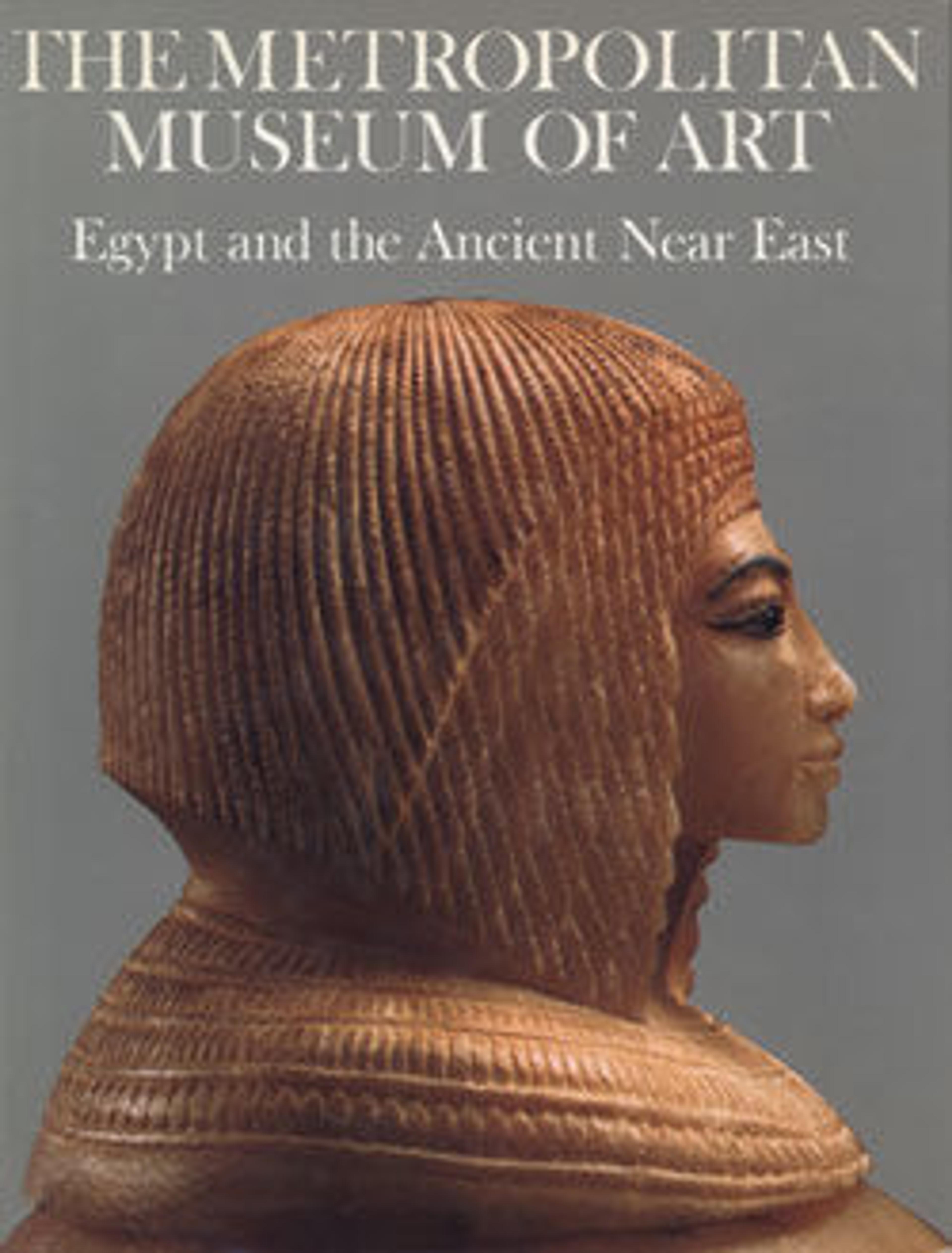Man carrying a box, possibly for offerings
Restituted
This artwork was restituted in April 2024. It is no longer in the museum’s collection.Returned to Iraq, 2024.
Press release: The Metropolitan Museum of Art Returns Sculpture to the Republic of Iraq
Press release: The Metropolitan Museum of Art Returns Sculpture to the Republic of Iraq
Artwork Details
- Title: Man carrying a box, possibly for offerings
- Period: Early Dynastic I-II
- Date: ca. 2900–2600 BCE
- Geography: Mesopotamia
- Culture: Sumerian
- Medium: Copper alloy
- Dimensions: H. 37.8 x W. 12.3 x D. 9.7 cm (14 7/8 x 4 7/8 x 3 7/8 in.)
- Credit Line: Harris Brisbane Dick Fund, 1955
- Curatorial Department: Ancient West Asian Art
More Artwork
Research Resources
The Met provides unparalleled resources for research and welcomes an international community of students and scholars. The Met's Open Access API is where creators and researchers can connect to the The Met collection. Open Access data and public domain images are available for unrestricted commercial and noncommercial use without permission or fee.
To request images under copyright and other restrictions, please use this Image Request form.
Feedback
We continue to research and examine historical and cultural context for objects in The Met collection. If you have comments or questions about this object record, please contact us using the form below. The Museum looks forward to receiving your comments.
